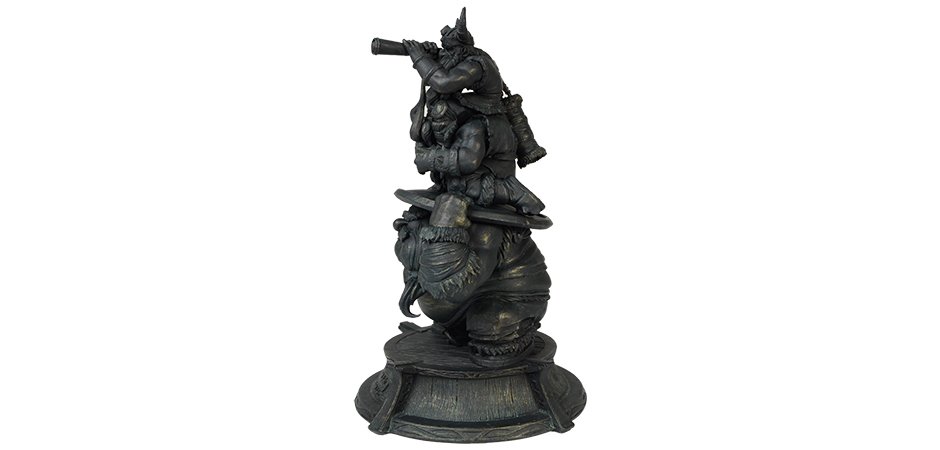
If it is, then this stone was raised in the memory of two of them. It is possible that the man is one of the vanguards, a group of elite Viking warriors who were hired to fight for the byzantine empire. The Hunnestad monument DR 282 has a depiction of an ax-bearing man in the center of the stone and above him, there is an inscription. This art style was common during the 10th and 11th century in Scandinavia. The inscriptions on the stones have been written in younger futhark and the art is Ringerike style.
Monument of the lost vikings code#
DR is a country code for Denmark, including the former areas, Skåne, Halland, Blekinge, and Southern Schleswig.

The three Hunnestad stones at the exhibition in Lund are listed in the Scandinavian Runic-text Database (rundata catalog), as DR 282, DR 283, and DR 284. Recovered Hunnestad Monuments in the museum My guess is, that when the researchers are finished studying the stone, it will probably be placed among the three others at the Kulturen museum in Lund. It appears to be in good condition, and there does not seem to be any visible damages to it. This newly discovered picture stone (DR 285) has an image of a large animal, perhaps it is Fenrir, but that is not certain. The Hunnestad monument consists of three picture stones, and five runestones, and all of them have been dated to have been engraved between 970-1020 CE. For it to be called a runestone, it needs to have runic letters on it. The reason why it is referred to as a picture stone is that it does not have any runic letters.


This rediscovered picture stone is the six stone on the drawing of the Hunnestad monument by the Danish professor Ole Worm.


 0 kommentar(er)
0 kommentar(er)
